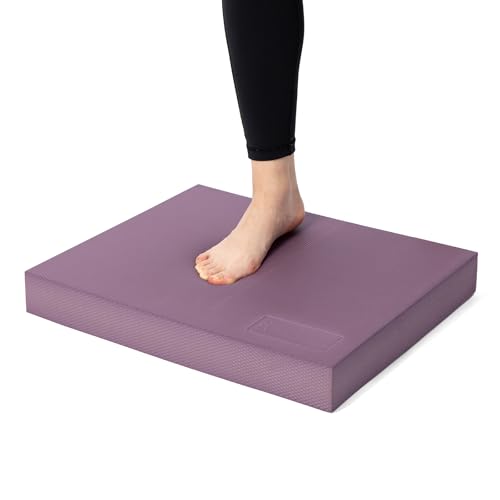
Cardio vs strength training for weight loss is a common debate in the fitness world. If you’ve ever wondered whether sweating it out on the treadmill can match lifting weights for losing fat, the answer may surprise you. Both cardio and strength training offer unique benefits, and when combined, they can deliver impressive results. While cardio is known for burning calories during exercise, strength training provides long-term metabolic benefits by building lean muscle.
👉 Internal link: The Best Home Workout Equipment
Calorie Burn Comparison
Cardio exercises like running, cycling, and swimming are excellent for burning a high number of calories in a short period. For example, a 30-minute run can burn around 300 calories depending on your weight and intensity level. High-intensity interval training (HIIT) is another cardio option that maximizes calorie burn in less time.
However, when discussing cardio vs strength training for weight loss, it’s important to remember that strength training burns fewer calories during the workout but builds muscle, which raises your resting metabolic rate. This means you’ll burn more calories throughout the day, even while resting.
👉 Internal link: How to Calculate Your Daily Calorie Needs
Muscle Building Effects
Strength training involves weightlifting, resistance bands, or bodyweight exercises like squats and push-ups. This type of training leads to microscopic muscle tears that heal and grow stronger over time, increasing lean muscle mass.
Muscle tissue is more metabolically active than fat, which means the more muscle you have, the more calories you’ll burn at rest. Plus, strength training improves bone density, balance, posture, and reduces injury risk—especially important as you age.
👉 External link: Harvard Health – Strength Training Benefits
Impact on Metabolic Rate
While cardio mainly burns calories during the workout, strength training builds muscle, which boosts your resting metabolic rate. A person with more muscle will naturally burn more calories throughout the day compared to someone with less muscle, even if their body weight is the same.
This metabolic advantage explains why cardio vs strength training for weight loss is not a one-size-fits-all discussion. Both forms of exercise complement each other and can maximize fat loss when combined.
👉 Internal link: Top 7 Natural Supplements for Better Sleep
Weight Loss Success Stories
Many weight loss success stories highlight the importance of combining cardio and strength training. Sarah, a 35-year-old office worker, initially relied on cardio but plateaued. By adding two days of strength training, she broke through her plateau, built muscle, and boosted her energy.
John, a 40-year-old runner, alternated between running and lifting weights, which resulted in not only fat loss but a leaner, stronger physique. Another example is Emma, who struggled with consistency until she mixed strength circuits with dance cardio classes, helping her lose 20 pounds over six months. These examples show that blending cardio and strength training leads to the best results and keeps workouts engaging and effective over the long term.
Conclusion
Cardio and strength training both play important roles in weight loss. Cardio burns calories and improves heart health, while strength training builds muscle and increases metabolism. The best approach is to combine both, creating a balanced routine tailored to your lifestyle and goals. Remember, it’s not just about the number on the scale—it’s about improving your health, energy, and confidence. Start small, stay consistent, and celebrate every milestone along the way.
👉 External link: MyFitnessPal
Ready to Take Action?
Ready to transform your fitness journey? Start combining cardio and strength training today and experience the best of both worlds! Don’t forget to share your progress in the comments and subscribe to our newsletter for more expert tips and workout plans. If you need help creating a personalized workout schedule, check out our free resources and printable fitness planners.
Trending Products














